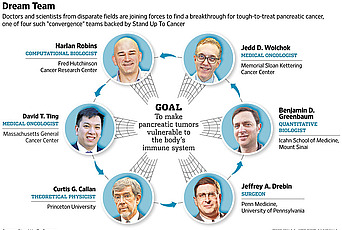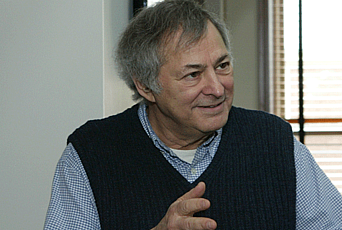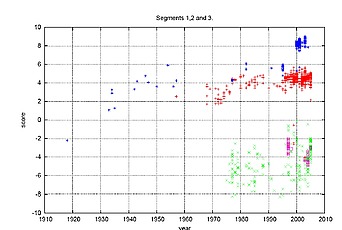Talking Points: Harlan Robins on Systems Biology at IAS
Harlan Robins was a trained physicist specializing in string theory when he arrived at the Institute as a Member in systems biology (2002–2006). "I didn't know any biology when I got here, so I would say my entire career as a biologist developed here," said Robins. "The first two years, I put a considerable effort into developing a background in biology."
During his time at IAS, Robins developed algorithms to identify various genome sequences and their implications. With fellow Member Michael Krasnitz, Robins designed an algorithm that uncovered hidden sequences that are underrepresented in the human genome but are prominent in the HIV genome. “The idea is that these particular sequences cause HIV to be underexpressed in the human cell and, therefore, when people try to do things like make a DNA vaccine for HIV, they don’t get any product,” said Robins. “You may need to change these sequences in order to make a DNA vaccine.”
Raúl Rabadán, Robins, and Professor Arnold Levine also analyzed a large quantity of genomic sequence data for human and avian versions of the Type A influenza virus. In studying this data, which spanned almost ninety years, the team was able to identify genomic features that differed between the human and avian viruses and observe their evolution. In particular, they were able to discern significant differences in sequence changes that occurred over time, suggesting the possible existence of a previously unknown, innate immune response in humans that has no counterpart in birds. They were also able to provide evidence supporting the hypothesis that the avian version of the virus entered the human population just prior to the 1918 pandemic, probably no earlier than 1910. “Now, one of the questions is: Is it possible for the virus to jump directly from birds into humans?” said Rabadán. “And the other is: If this is possible, how is it possible?”
From “The Simons Center for Systems Biology: Finding Signals in the Noise”


